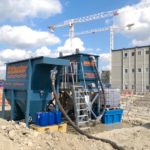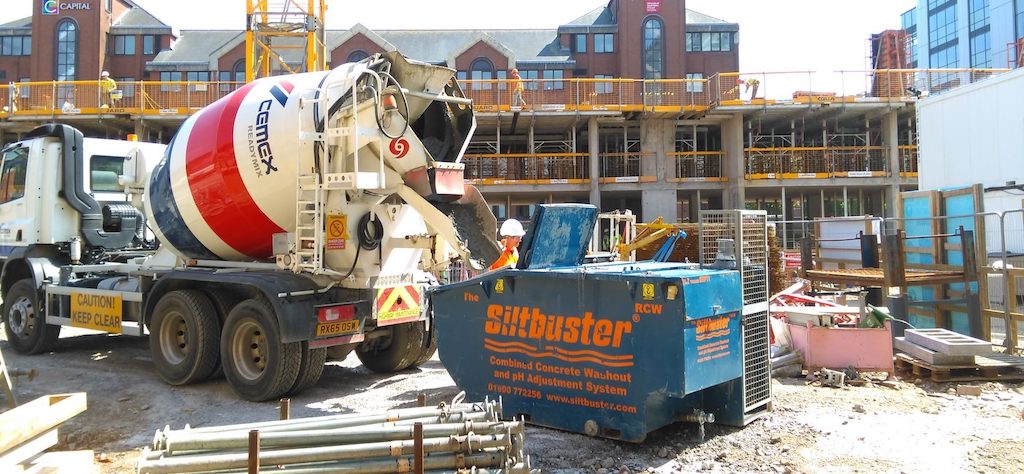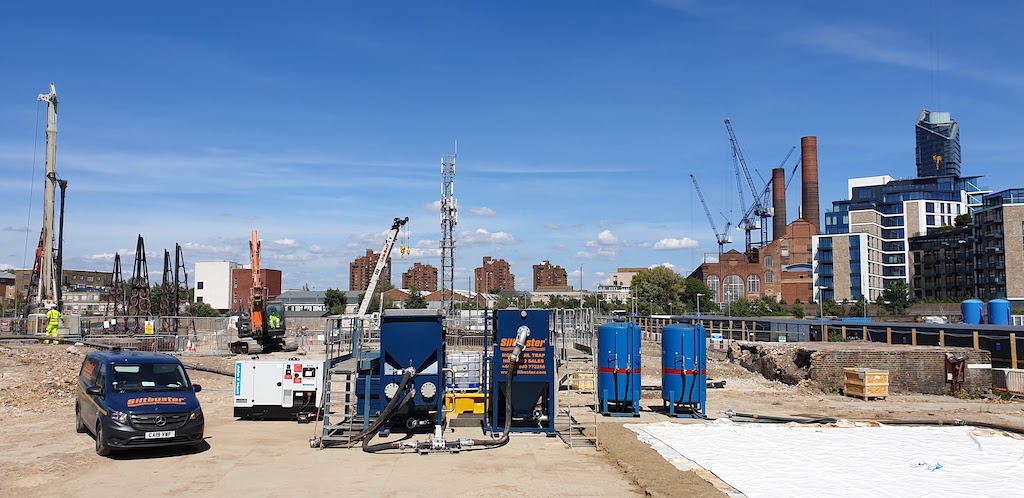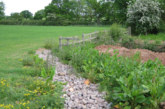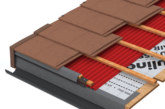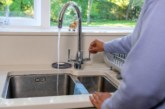As we move out of the wettest winter months towards drier, warmer weather, there is a greater need to treat construction waters on site. James Tucker, Head of Construction at Siltbuster, a leading water treatment specialist, discusses how engaging modular packaged environmental protection solutions to treat water on site early on, is the best way to stay compliant.
Water treatment doesn’t have to be complicated or expensive, but it can be if not managed or implemented efficiently. Here are some top tips to help you out.
Keep water clean
Any clean water running adjacent to site, or running down a slope onto the site, should be kept clean and prevented from entering excavations or running across stripped soil. This is easily achievable using gullies and lined ditches, routing the water around the site and towards its original destination.
If this flow is not diverted and it becomes contaminated on site, it becomes the contractor’s responsibility to treat it before discharge and the resulting treatment system becomes larger, more complex and more expensive than it could have been.
Treatment process
Understand the potential contaminants and implement the correct treatment process.
Suspended soils
Suspended soils can be released by any land disturbances, such as stripping, excavations, cut and fills. These activities can cause ground water and rainfall runoff to be contaminated with suspended solids, which are a very visible contaminant and cause damage to aquatic life. Removal is easy and doesn’t require fine filters. The best practice is to utilise gravity to settle out the solids and leave a clear treated water. If clays or very fine solids are present, you can boost performance by pre-conditioning the water.
Concrete wash water
This can have a pH as high as 12-14, the equivalent to oven cleaner. This can be an invisible threat, with wash water appearing clear and harmless, but posing a very significant environmental threat. The good news is you can utilise automated CO2 dosing to neutralise the pH and make the water safe to handle, re-use or discharge.
Hydrocarbons
These can present themselves from spills or during land remediation where the previous use has resulted in the soil or water becoming polluted. They are often identifiable because of the oily sheen appearing on top of the water. Multiple treatment options are available here, depending on the level of contamination, size of the oil globules and treatment standard required.
Understand your discharge consent
The reality is that water treatment specialists like Siltbuster can treat to a very high standard and discharge to watercourses, but if a foul sewer connection is available (and permission granted), then a simpler system may be possible. Understanding that visually clean water isn’t always required (when the water is being treated further downstream) can offer large cost savings.
In summary
While it may be easy to overlook water treatment when coordinating the many moving parts on a construction site, the right water treatment supplier should make it very easy to put the right protection in place. By using a rapidly deployable fleet of modular treatment solutions, water can be treated to a standard suitable for discharge to a watercourse under a discharge permit.
At Siltbuster, we have a large fleet, with some systems available to deliver to site the very next day, meaning both planned and unplanned treatment requirements can be met for a wide range of different pollutants.

